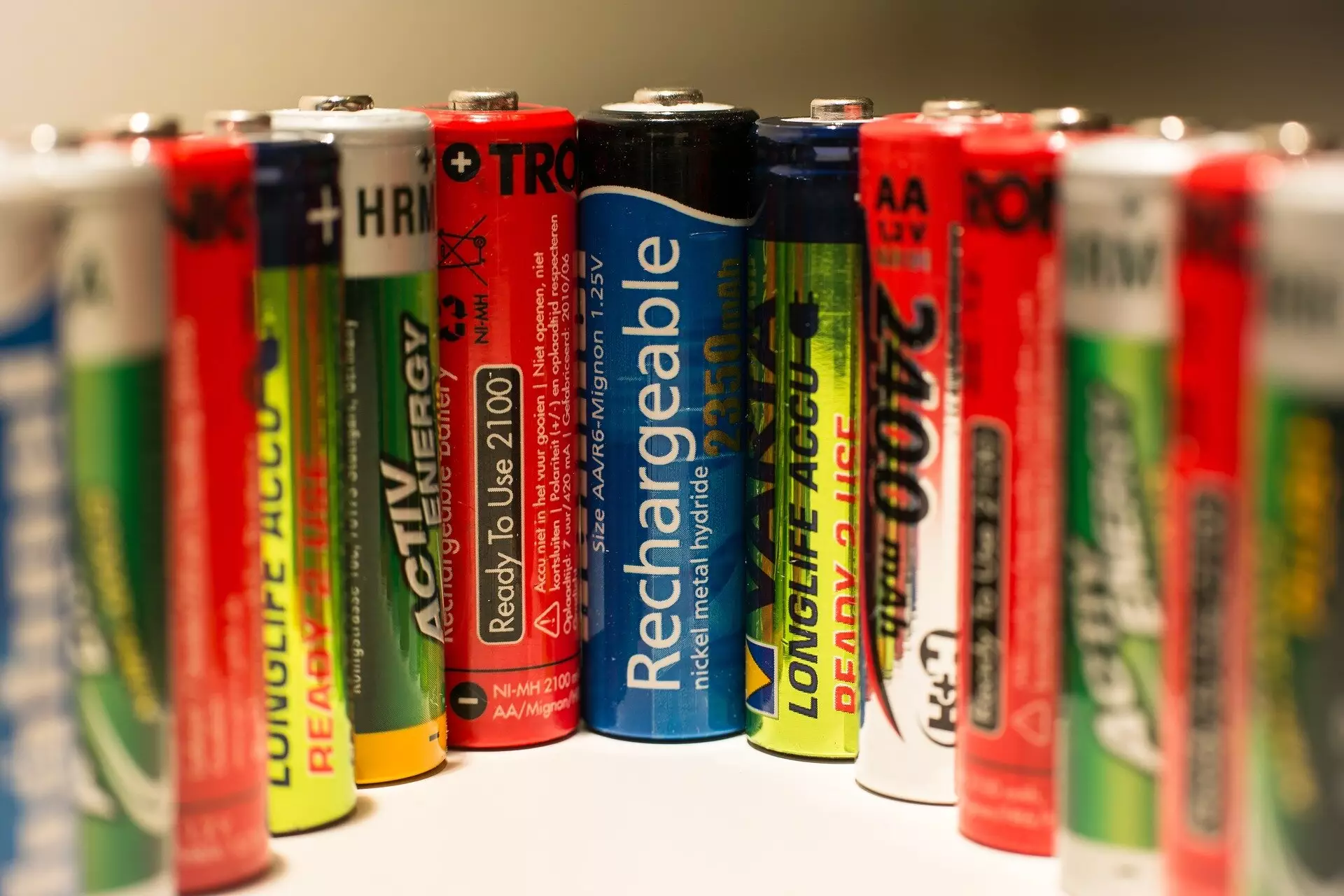

As society accelerates toward a future dominated by renewable energy and electric mobility, the demand for efficient energy storage systems is intensifying. Traditional lithium-ion batteries (LIBs) are ubiquitous in powering everything from electric vehicles to the latest smartphones. However, the extraction of crucial raw materials such as lithium and cobalt has raised serious concerns about sustainability, cost, and environmental impact. With depleting reserves and escalating market pressures, researchers are compelled to explore innovative alternatives that could redefine battery technology.
One of the most promising alternatives emerging in this landscape is the aqueous zinc-ion battery (AZIB). These batteries leverage zinc, a metal that is not only more abundant—existing in the Earth’s crust at levels roughly ten times that of lithium—but also substantially less toxic. This dual advantage positions AZIBs as a potentially safer and more sustainable option for energy storage. Researchers at Flinders University are spearheading developments in this field, focusing on the design and functionality of polymer-based AZIBs that utilize organic cathodes.
Associate Professor Zhongfan Jia, a leading figure in this pioneering research, indicates that these batteries could fulfill real-world applications across various domains, thereby alleviating the mounting issues associated with traditional LIBs. From charging electronic gadgets to powering electric vehicles, AZIBs exhibit the potential to transform how we store and utilize energy.
Despite their promising attributes, the development of high-performing AZIBs is not without its challenges. A major hurdle lies in enhancing the performance of the cathodes. While significant advancements have been made in stabilizing zinc anodes, achieving efficiency in cathode materials remains a critical barrier. Jia and his team are focusing their efforts on modifying cheap commercial polymers to create nitroxide radical polymer cathodes, thereby increasing electrical conductivity and optimizing battery performance.
Recent research outputs, including papers published in reputable journals like the Journal of Power Resources and Energy Storage Materials, highlight substantial progress in this field. By utilizing low-cost additives and innovative materials, researchers have successfully improved the mass loading capacity of these batteries. For instance, recent experiments achieved a discharge capacity of nearly 70 mAh g-1 and a discharge voltage around 1.4 V. This is a significant step forward, providing a pathway to cheaper and more efficient energy storage solutions.
The research on AZIBs at Flinders University has not unfolded in isolation. The collaborative spirit among researchers is evident, with contributions from various institutions including Griffith University and the Université Paris Est Créteil CNRS in France. Such partnerships enrich the research experience and expand the technological horizons of these developments.
Innovations like organic radical/K dual-ion batteries further underscore the commitment to reducing reliance on lithium in energy technologies. The strategic move towards utilizing more abundant and less hazardous materials aligns not only with environmental sustainability but also with practical accessibility, as the costs associated with raw materials for AZIBs are significantly lower than those for LIBs.
As the world grapples with the ramifications of climate change and resource depletion, the exploration of alternatives like aqueous zinc-ion batteries represents a crucial pivot in energy storage technology. Through innovative and collaborative research efforts, particularly at institutions like Flinders University, the potential of AZIBs may soon be realized on a wider scale. If successfully transitioned from laboratory research to real-world applications, AZIBs promise not merely a mitigation of current issues surrounding lithium-ion energy systems, but a leap toward a more sustainable, efficient, and equitable energy future. The journey is still underway, but the prospects are undeniably bright, signaling a transformative era in the landscape of energy storage solutions.
In the realm of software development, the ability to swiftly and accurately address bugs is…
The realm of quantum computing and communication is not just an abstract dream anymore; it…
In a remarkable leap for the field of material science, a collaborative research initiative has…
Throughout Earth's vast history, our planet has endured five major mass extinction events that reshaped…
Rainfall is a vital element of our planet’s hydrological cycle, yet many aspects of its…
On a night when the universe aligns, a mesmerizing phenomenon awaits: the appearance of the…
This website uses cookies.